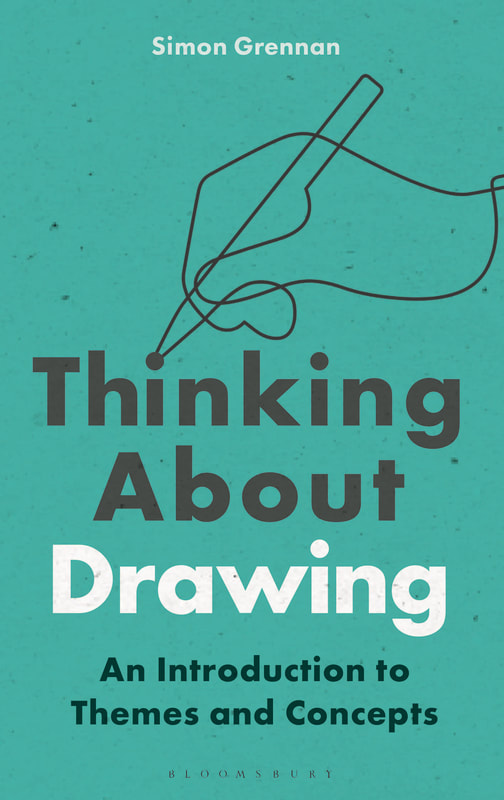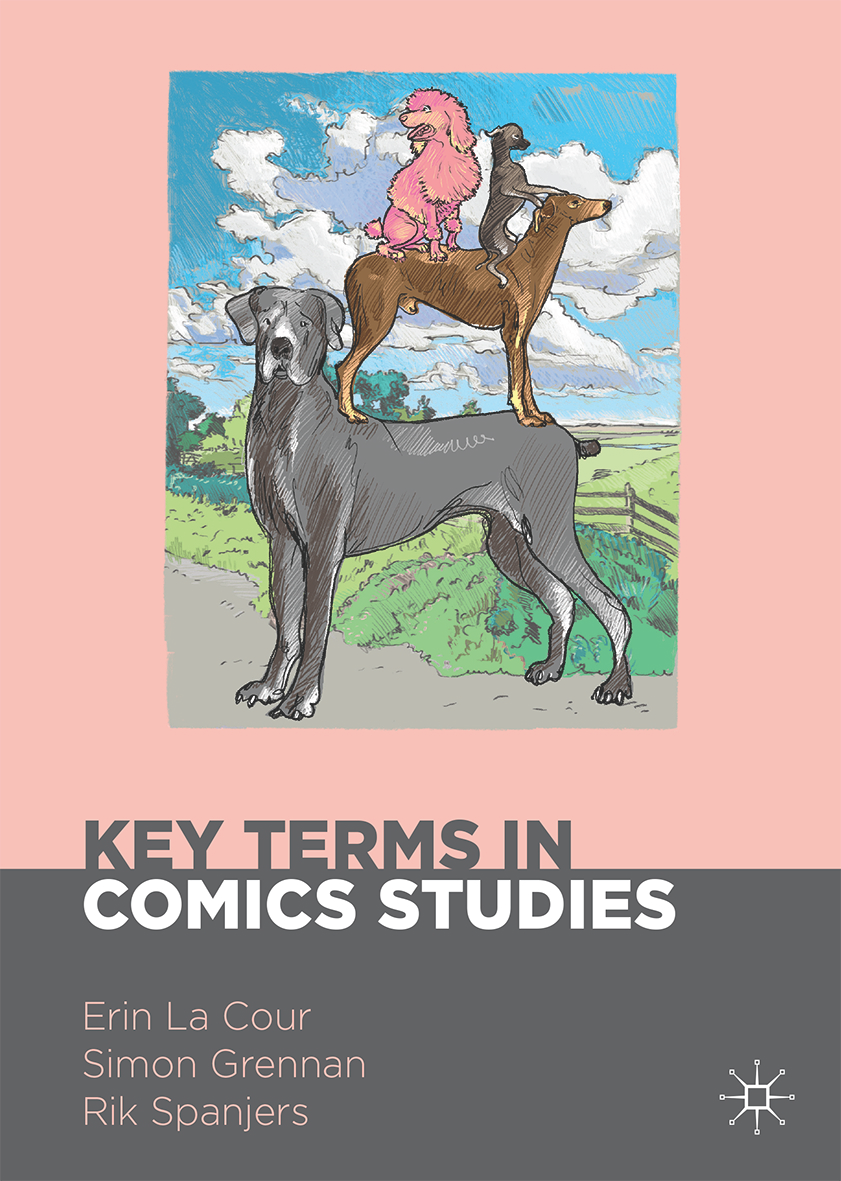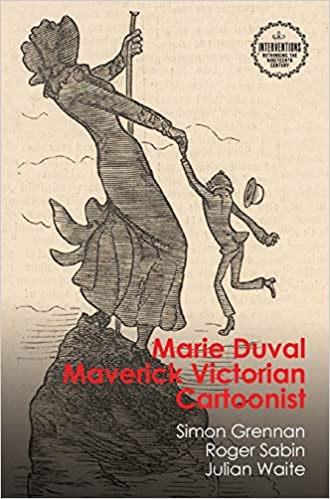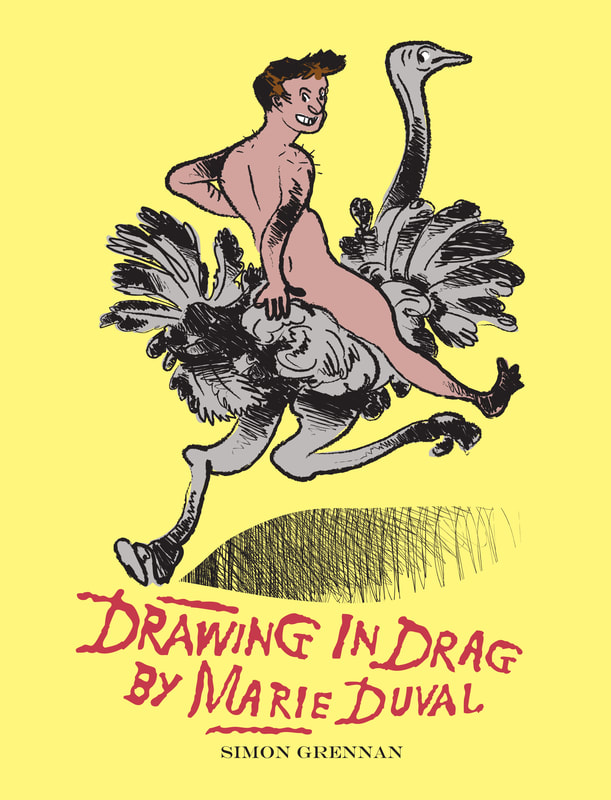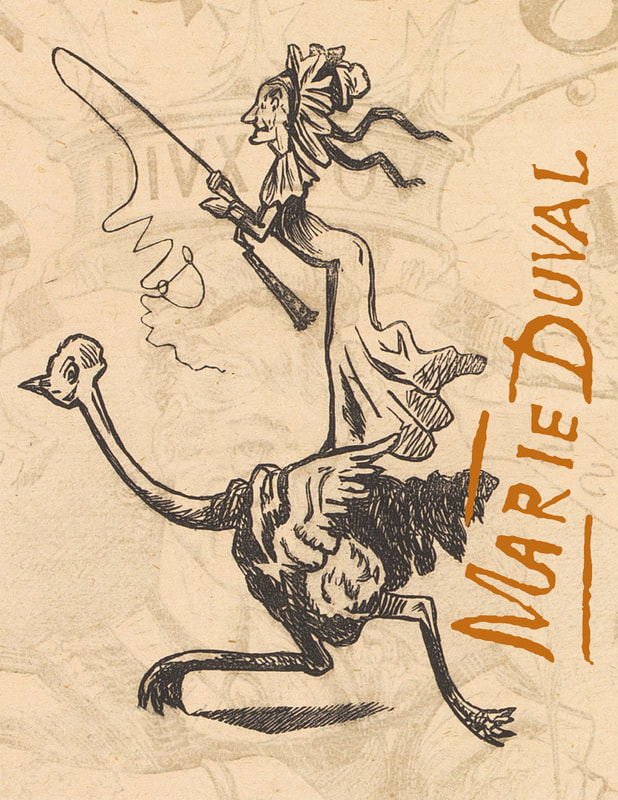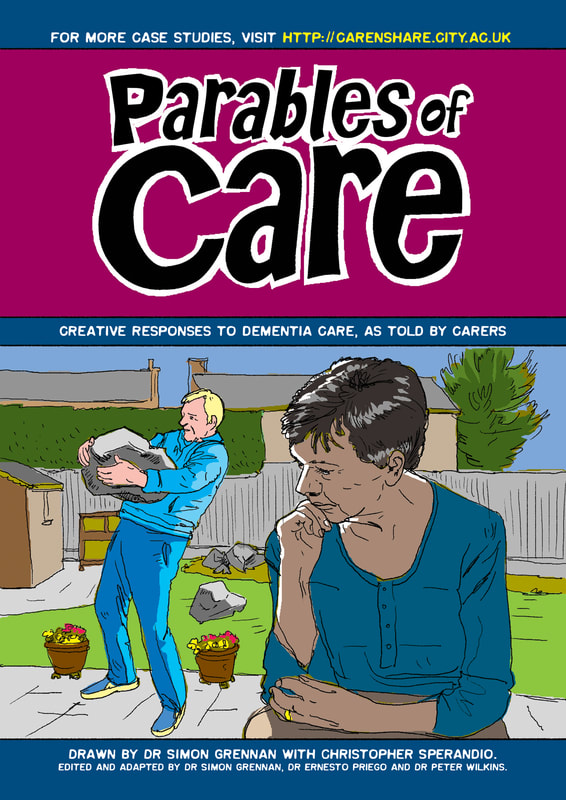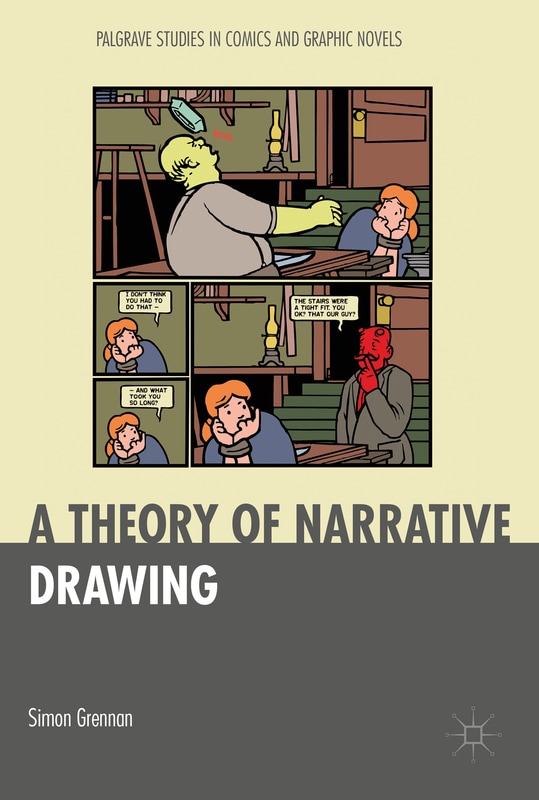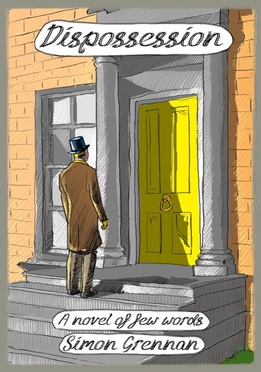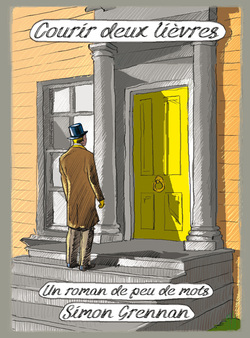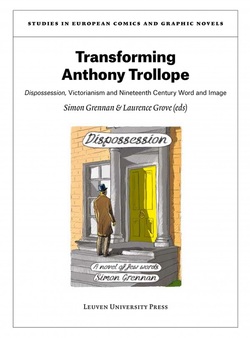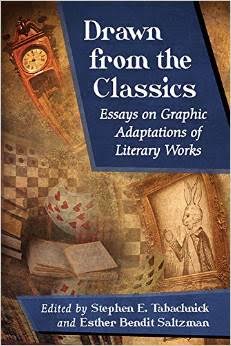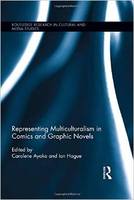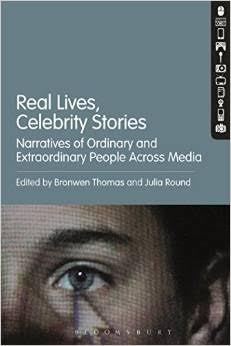|
Published 7 April 2022
Published 22 January 2022
Published 23 November 2020
Published 12 October 2018
Published 22 March 2018
Published 01 October 2017
Published 30 April 2017
Published 01 September 2015
|
thinking about drawing: an introduction to themes and conceptsSimon Grennan
Thinking About Drawing: Introduction to Themes and Concepts provides a short, accessible, illustrated guide to key ideas that are used to describe, understand and explain drawing, for students of art, design, media, architecture and engineering, at undergraduate level and above. The book unpacks the key ideas that have shaped the rich, complex and foundational activity of drawing. It presents an unexpected, engaging and authoritative range of illustrated examples of drawings made by culturally and historically diverse people for different purposes, with different media, in widely different times and situations. Key Terms in Comics StudiesErin La Cour, Simon Grennan, Rik Spanjers
Key Terms in Comics Studies is a glossary of over 300 terms and critical concepts currently used in the Anglophone academic study of comics, including those from other languages that are currently adopted and used in English. Written by nearly 100 international and contemporary experts from the field, the entries are succinctly defined, exemplified, and referenced. The entries are 250 words or fewer, placed in alphabetical order, and explicitly cross-referenced to others in the book. Marie Duval: maverick victorian cartoonistSimon Grennan, Roger Sabin and Julian Waite
Marie Duval: maverick Victorian cartoonist offers the first critical appraisal of the work of Marie Duval (Isabelle Émilie de Tessier [1847-1890]), one of the most unusual, pioneering and visionary cartoonists of the later nineteenth century. It discusses key themes and practices of Duval's vision and production, relative to the wider historic social, cultural and economic environments in which her work was made, distributed and read, identifing Duval as an exemplary radical practitioner. The book interrogates the relationships between the practices and the forms of print, story-telling, drawing and stage performance. It focuses on the creation of new types of cultural work by women and highlights the style of Duval's drawings relative to both the visual conventions of theatre production and the significance of the visualisation of amateurism and vulgarity. drawing in drag by marie duvalSimon Grennan
In the collection at Chetham’s Library, Manchester, is an illustrated novel, published in 1877.Titled The Story of a Honeymoon, the novel was written and illustrated by Charles H. Ross and Ambrose Clarke. The Story of a Honeymoon hides a compelling secret. Ambrose Clarke never existed. Rather, another illustrator was given cover by the invented name of Clarke. But this isn’t the heart of the matter, nor is it the whole secret. The artist drawing as this fictional man was a woman, Marie Duval (1847–1890). In 2017, Simon Grennan identified Duval’s work in The Story of a Honeymoon for the first time. On stage, Duval was popular for performing as a leading man, in crossed-dressed roles. This re-gendering was overt, a conscious performance ‘as a man’ by a woman, rather than hidden under a male identity as the cartoons were. He focuses on the manners and habits of twenty-first century mass leisure culture, plus its roots in the great cities of the nineteenth century. He adopts the pseudonym Marie Duval, producing drawings in drag, as a woman. Marie DuvalSimon Grennan, Roger Sabin and Julian Waite
Marie Duval (1847–1890) was a groundbreaking Victorian female cartoonist whose wide range of work, depicting an urban, often working class milieu, has been largely forgotten. This is a book for pleasure: the first to celebrate her life and work. Marie Duval confounds one of our most commonplace ideas of the Victorian era––that women were not supposed to create or even to participate in public life and certainly not meant to be either comic or professional. Her comic strips were not only pioneering in terms of what we have come to call ‘comics,’ but present a vernacular comedy that frequently undercuts the work of her male contemporaries. The book provides an entertaining visual account of the work of Duval as she struggled and succeeded in creating a new urban visual culture. Parables of Care:
|
|
Published 06 January 2015
|
Courir deux lièvresThe French language edition of Dispossession, translated by Mireille Ribière.
Praise for Courir de lièvres: ‘the first surprise of the year... ...challenging, exciting and formally fascinating from beginning to end’ (Focus vif) ‘the remarkable drawing style recreates the Victorian age’ (Critiques Libres ) 'Grennan surprises with his perfect page design and daring use of colour’ (24 Heures) |
|
Published 01 September 2015
|
Transforming Anthony Trollope: 'Dispossession', Victorianism and 19th century word and imageNew in-depth analysis by leading international scholars of Dispossession, illustration in the late nineteenth century and the adaptation and uses made of ideas of the Victorian past in ‘neo-Victorianlsm’. Edited by me and Laurence Grove. 100,000 words.
Featuring new commissioned chapters by Aarnoud Rommens, Ian Hague, Mel Kohlke, Peter Wilkins, Roger Sabin, David Skilton, Barbara Postema, Hugo Frey, John Miers and Simon Grennan, Frederik Van Dam and Jan Baetens. The book is arranged in three sections: Dispossession: Simon Grennan’s graphic adaptation of Trollope’s John Caldigate. Nineteenth century visualisations. Using the Victorians: appropriation, adaptation and historiography. |
|
Published 31 May 2015
|
Drawn from the Classics: Essays on Graphic Adaptations of Literary WorksEdited by Stephen E. Tabachnik and Esther Bendit Saltzman
The graphic novel is the most exciting literary and artistic form to emerge during the past thirty years. One of the most inspired uses of this new form has been the creation of high-quality adaptations of literary classics. Unlike the previous abridged and simplified comic book adaptations, which were aimed at younger readers, most new graphic novel adaptations are created for adults, and can capture the subtlety and complexity of any literary work, no matter how sophisticated. The expert contributors to this book--the first and the only volume to be exclusively devoted to graphic novel adaptations of literary works--demonstrate how the graphic novel brings a new way of seeing and understanding the classics, including the writings of Homer, Poe, Flaubert, Conrad and Kafka, among many others. High school and college students and teachers will find these essays exciting, informative, and useful. |
|
Published 20 December 2014
|
Representing multiculturalism in comics and graphic novelsEdited by Ian Hague and Carolene Ayaka
Titled 'Recognition and resemblance: facture, imagination and ideology in depictions of cultural and national difference', my chapter discusses the cultural implications of depictive recognition and mis-recognition. Multiculturalism, and its representation, has long presented challenges for the medium of comics. This book presents a wide ranging survey of the ways in which comics have dealt with the diversity of creators and characters and the (lack of) visibility for characters who don’t conform to particular cultural stereotypes. Contributors engage with ethnicity and other cultural forms from Israel, Romania, North America, South Africa, Germany, Spain, U.S. Latino and Canada and consider the ways in which comics are able to represent multiculturalism through a focus on the formal elements of the medium. |
|
Published 31 March 2014
|
Real Lives, Celebrity StoriesEdited by Bronwen Thomas and Julia Round
From reality television to celebrity gossip magazines, today's technologies have enabled a vast number of personal narratives that document our existence and that of others. Multiple academic disciplines now define the self as fluid and entirely changeable: little more than a performance that is chosen according to the situation. While news journalists still pursue the authentic narrative, advertising and politics might be accused of exploiting the narrative tendency, and across media the personal and public become increasingly merged.
Real Lives, Celebrity Stories collects research from published and experienced professionals, practitioners and scholars who discuss narratives of real people across cultures and history and in multiple media. It uses narrative theory to interrogate the processes by which we create, promote and consume these stories of real people, and the ways in which we construct our own stories of self. |
